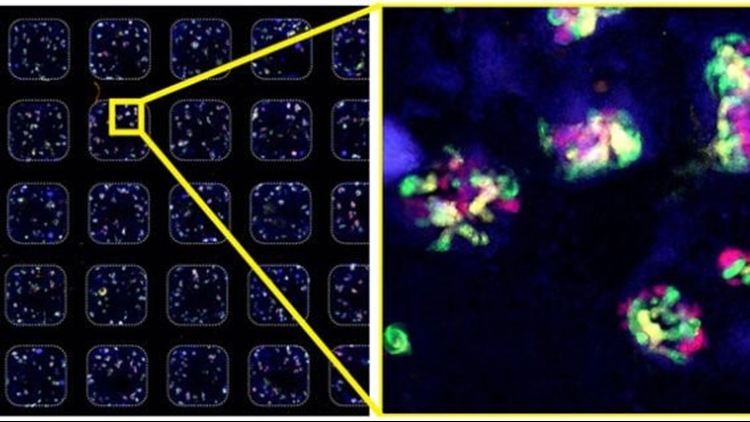Researchers at the University of Washington School of Medicine built what they are calling a “new secret weapon” to fight disease: a system to grow mini-organs from human stem cells.
The system is robotic and could accelerate the production of organ tissues that could be used for research, and don’t have to be cut out of a human for study, according to Benjamin Freedman, assistant professor of medicine, Division of Nephrology, at the UW School of Medicine, who led the research effort.
The robotic system is detailed in the journal Cell Stem Cell.
Organ issue can be grown for medical experiments from stem cells in two-dimensional sheets. But researchers are working on ways to develop the cells into more complex 3-D mini-organs. That way they can accurately reflect the structure of human organs.
“This is a new ‘secret weapon’ in our fight against disease,” Benjamin Freedman, a medical researcher at the UW Institute for Stem Cell and Regenerative Medicine and the Kidney Research Institute, said in a UW news release.
The robotic system automates a procedure for growing stem cells into "organoids" that resemble regular organs and behave similarly making them prime research subjects.
The organoids are difficult to make, but the robots could mass produce them at a fraction of the time a scientist could. Liquid-handling robots introduced stem cells into plates that contained 384 miniature wells that can grow into kidney organoids over a period of 21 days.
"Ordinarily, just setting up an experiment of this magnitude would take a researcher all day, while the robot can do it in 20 minutes," said Freedman in a statement. "On top of that, the robot doesn't get tired and make mistakes. For repetitive, tedious tasks like this, robots do a better job than humans."
UW researchers also trained the robots to process and analyze the organoids they produced with a technique called RNA sequencing. That technique identifies the different types of cells in the organoids.
This creates a way to expand the number of blood vessel cells in their organoids to make them resemble real kidneys more closely. The technique can also be used to search for drugs that could affect kidney diseases.



